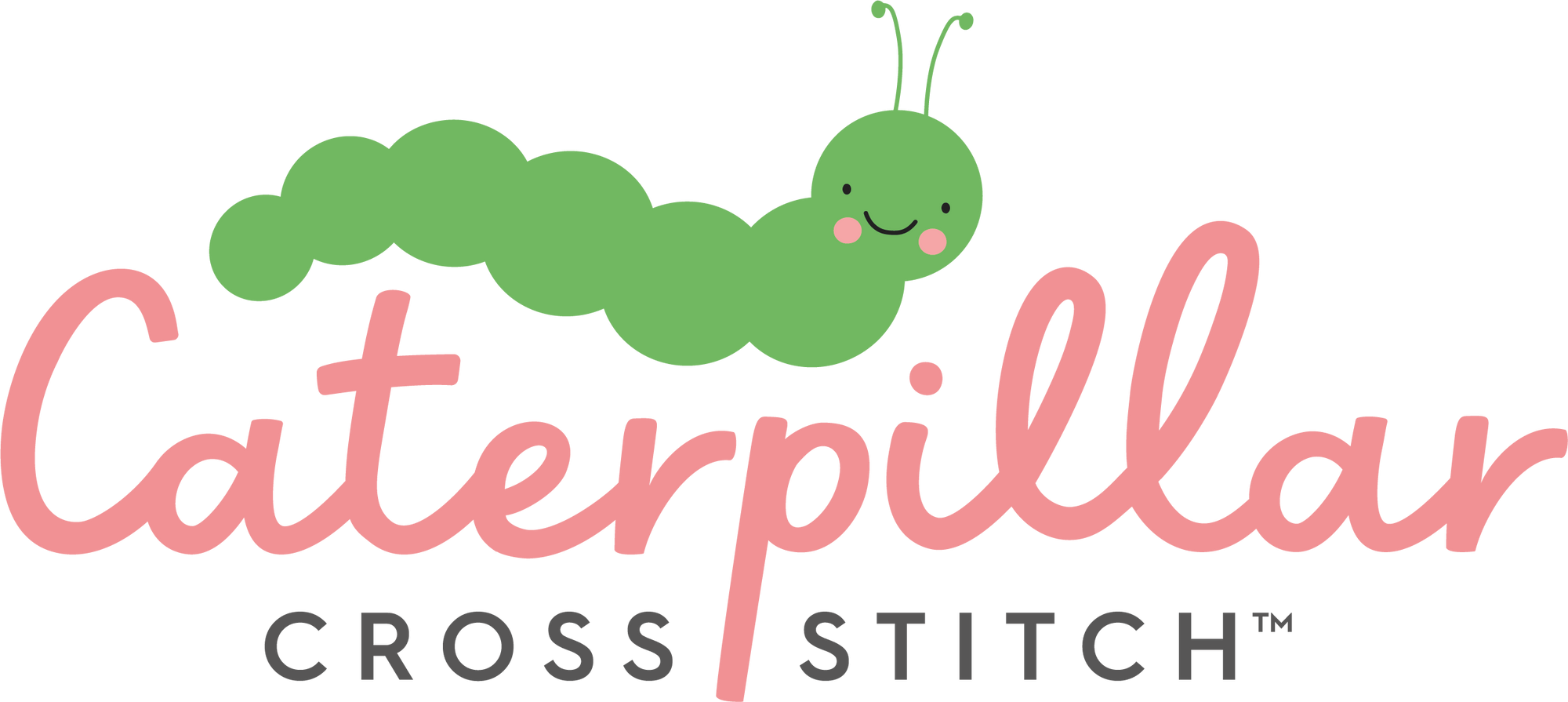- NEW
-
Shop All
-
Accessories
- Subscription Box
- Membership
-
Community
-


August 09, 2019
Have you ever wondered why your embroidery scissors are shaped like storks? Sure, they're great quality, pretty and super cool but what's the story there? I too hadn't a clue so I decided to delve a little bit deeper and report back on my findings. Here goes!
Based on my research over the past few weeks, the first ever stork scissors were created in the 19th century and used by midwives. However, it transpires that they weren't actually scissors and more clamps (an essential part of a midwife's kit) to stop the blood flow in a new born baby's umbilical cord after birth.

These clamps were shaped like storks because storks have long been associated with babies! The clamps also came with a set of forceps to help deliver babies and these often featured snakes or were shaped like a snake. In Greek mythology, the Rod of Asclepius also known as the Staff of Asclepius is a serpent-entwined rod wielded by the Greek god Asclepius, associated with healing and medicine. The symbol of a serpent-entwined rod is still associated with medicine today.
But, why storks? According to Live Science, storks migrate in the late summer, and return in the spring. Their arrival often coincided with a spike in the birth rate nine months after the summer solstice. Storks also built their nests on rooftops, hence the story of storks flying high between heaven and Earth then dropping a new baby down a chimney! In Ancient Greece, storks were seen a symbol of good luck.

When we look to the stork scissors that we know and love today, they've changed quite a bit. The original clamps were 4 - 6 inches long, with their heads mounted at a 45 degree angle. The beaks were blunt, heavy clamps not meant to cut fabric or threads, but to restrict the blood flow before the umbilical was cut. Some even had little babies hidden inside the stork's beak that would appear when the clamps were opened!
OK, so now we know why storks and we understand how they were used. But where's the connection between childbirth and stitching? Well, there's a lot of waiting around with childbirth (I know this only too well with my first baby arriving 8 days late having mild contractions for days!) Labour itself can take hours or days with a lot of time to kill. They didn't have TV, the internet or Instagram to entertain themselves so they turned to stitching of course!

Midwives would often keep their birthing kit in their embroidery basket so they'd always have both on hand. Over time, the clamps began to change in shape and size. Today, the stork-shaped scissors are a pretty big collector's item. Online, they range from £20 up to £700! There are even specialist categories with antique dealers for these little gems.


September 24, 2025
Have you ever admired a cross stitch pattern featuring scattered stars across a night sky or delicate flowers dotting a meadow, only to feel intimidated by those single, isolated stitches? These lonely little crosses, known as confetti stitches, often put beginners off attempting otherwise lovely patterns. But with the right techniques, confetti stitches can become just another enjoyable part of your stitching journey.
September 16, 2025
If you're ready for more challenging cross stitch projects, then this post will give you some advanced techniques, tools, and useful tips to help improve your cross stitch skills. Whether you're looking for more detailed patterns, advanced kits, or more, we've got you covered.
September 05, 2025
No matter the occasion, we have the perfect cross stitch project ideas to help you create beautiful designs - from seasonal home decor to thoughtful gifts, and more.